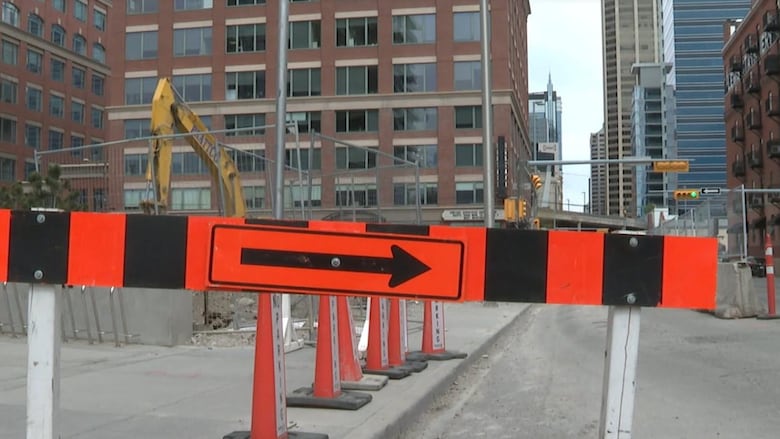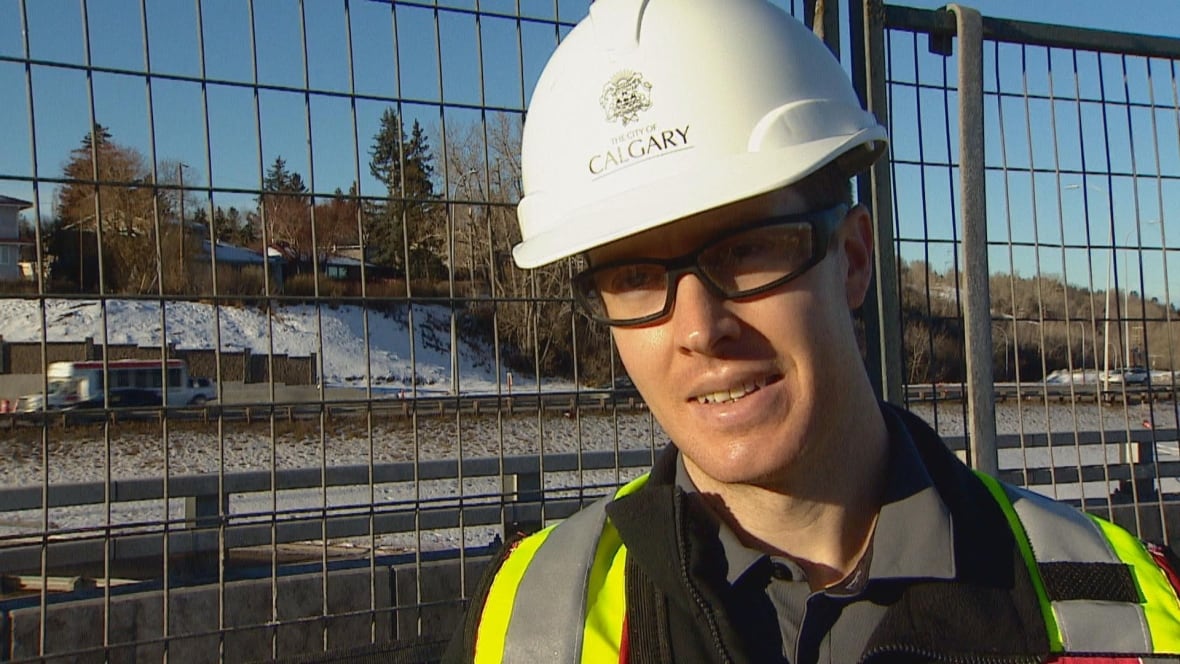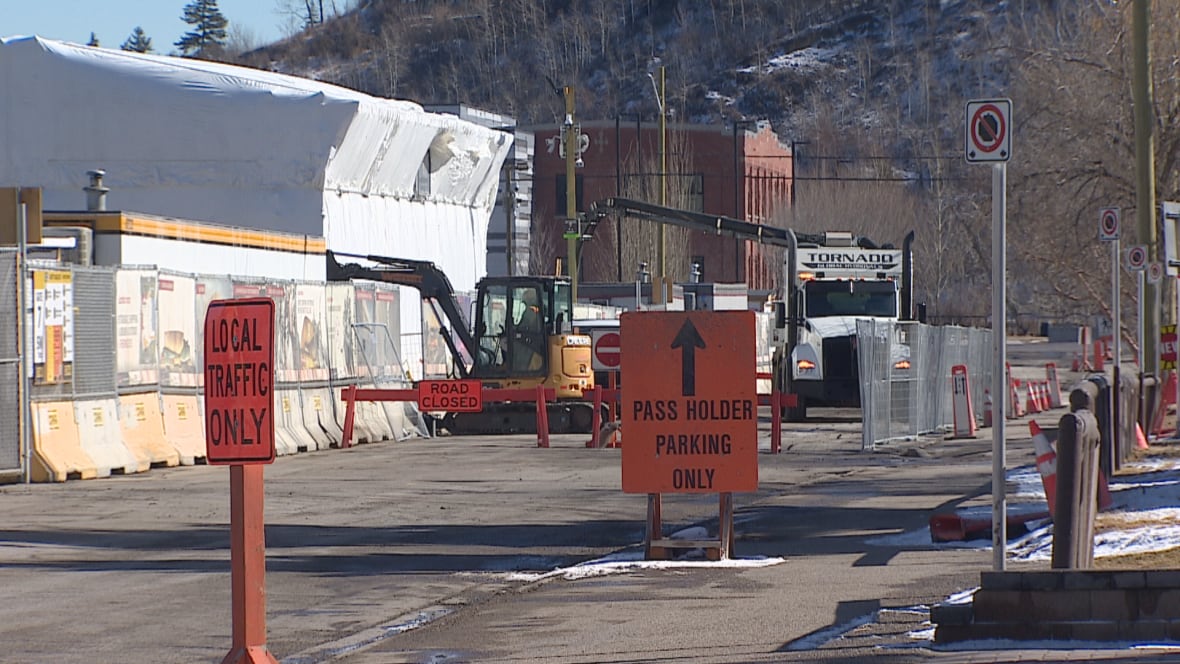City's doubled investment in pavement quality means more road work than usual in Calgary
City paving 320 locations this year; work expected to end in October

For commuters in Calgary, it's hard not to notice the road work happening across the city.
The city says it expects to have 530 lane kilometres paved at 320 locations this season throughout Calgary as part of 30 road paving projects that are currently planned, in progress or complete: seven in northeast Calgary, five in the city's southwest, and nine each in northwest and southwest.
It's a noticeable increase from last year's paving program, which saw 20 projects listed by the end of 2024.
Jeff Baird, the city's major roads reconstruction leader, told CBC News that the City of Calgary has "doubled the investment in pavement quality, including pavement quality index, to better assess and plan the road rehabilitation."
"There has been an increase in roadways being rehabilitated, especially along those major routes, as people have noticed this year," he said.

Projects currently underway include road paving on Glenmore Trail, along northeast Calgary's McKnight Boulevard and Metis Trail, and on 16th Avenue N.E. and N.W.
Among the projects that have been completed this year are construction on Glenmore Trail from 52nd Street S.E. to Barlow Trail S.E. and 17th Avenue S.E. from Stoney Trail to Hubalta Road, as well as the resurfacing of ramps on Crowchild Trail N.W. following last year's construction project there.
Baird acknowledged that many of these projects are happening along roads that are very busy, with construction crews avoiding rush hours and other busy times whenever possible.
He said much of the work happens at night, when commuter traffic is lower, to minimize disruption to the use of major roads.
"That's when a lot of the action will happen on these major roads with higher volumes, just because that's the only time that we can get out there safely and not snarl down traffic," he said.
The city aims to have all road paving done by the end of October, "aside from maybe some finishing touches," Baird said.
Province making 'historic investments' to highway construction
Deerfoot Trail and Stoney Trail, two major highways managed by the Government of Alberta rather than the City of Calgary, are also undergoing reconstruction.
In a statement to CBC News, Transportation Minister Devin Dreeshen pointed to the province's investment of nearly $485 million for upgrading Deerfoot Trail over the next three years
"Our government is making historic investments to upgrade Alberta's busiest highways, Deerfoot Trail and Stoney Trail, so families and commercial drivers can spend less time in traffic and more time where it matters," he said.
Dreeshen said improvements to Deerfoot Trail aim to reduce congestion at busy intersections like Glenmore Trail, where a northbound overhead bridge and ramps are currently under construction, and Southland Drive, where additional lanes will be created.
"The work underway this summer includes bridge replacements, new lane additions, ramp reconfigurations, and median widening," the minister said.
The province expects to have the Deerfoot Trail improvements project completed by 2027.
"These upgrades are expected to reduce commute times by up to 22 per cent in the evenings, saving drivers about 900,000 hours annually," Dreeshen said.
Winter takes toll on roads
Jason Hawkins, an assistant professor with the University of Calgary's civil engineering department, told CBC News there are several reasons why so much construction is necessary on major highways.
"Where pavement deterioration comes from is those much larger vehicles, trucks, semi-trailers that tend to be on our larger roads like Deerfoot or Glenmore, Crowchild, those kinds of roads," he said.
He also pointed to the need to rehabilitate roads following harsh winters and freeze-thaw cycles, which take a toll on the city's flexible pavement.

Hawkins pointed to the classic "winter and construction season" adage as a reality impacting the way road work is done across Canada.
"That is kind of one of the factors in a city like Calgary: that we're not able to do construction year-round," he said.
"I think that's a constraint faced by Canadian cities that the public needs to be a little bit aware of, and hopefully sympathetic to."
With files from Kelsea Arnett

